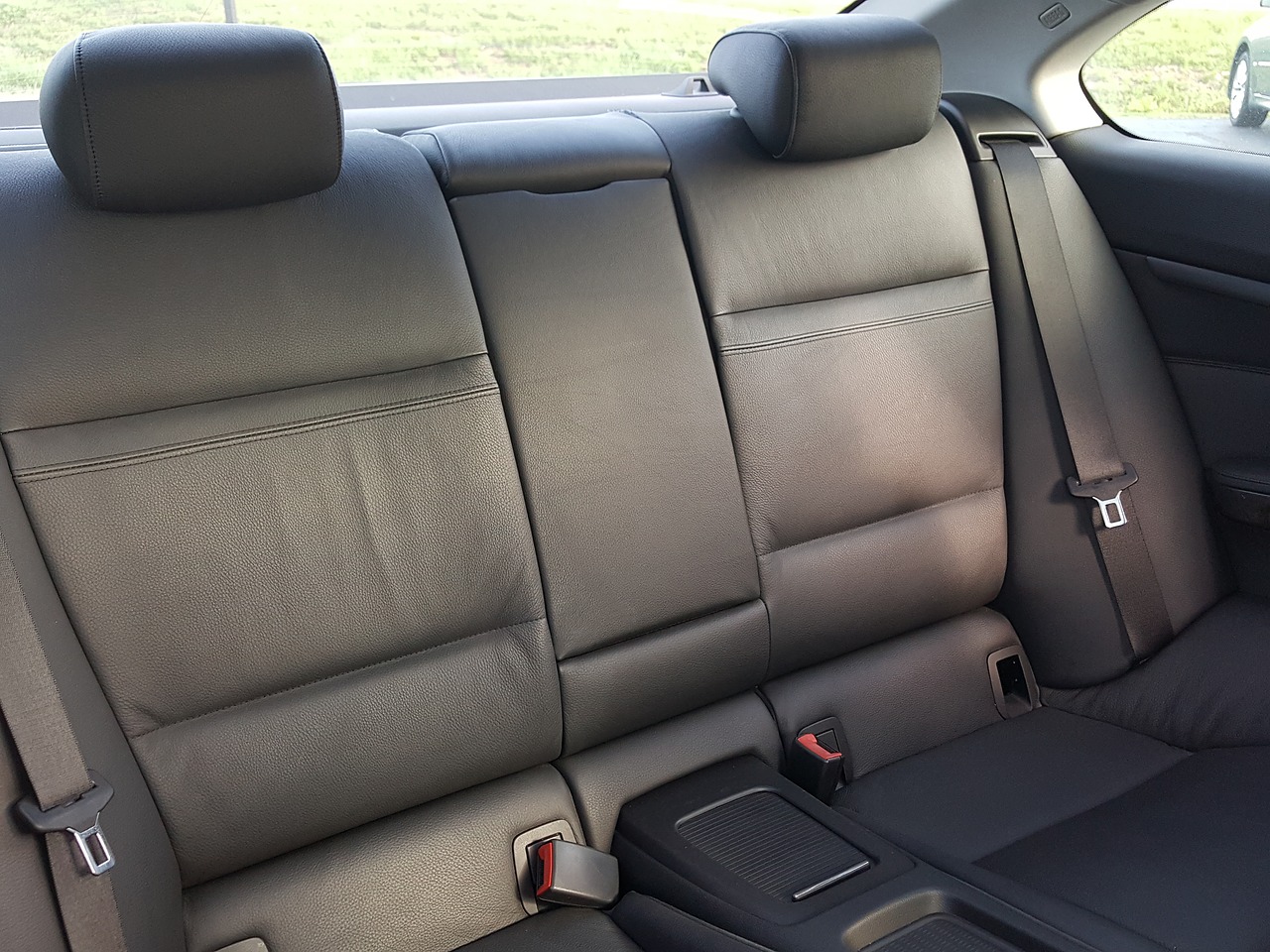Wearing a seat belt is considered the most critical road safety precaution. However, if they aren’t working correctly, they won’t be able to keep you safe. Before hitting the road, double-check that all of your seatbelts are in excellent working order and that your vehicle’s brake system is in good working order.
Here are some things you should consider in inspecting your car’s seat belt:
1. Check the Seat Belt Buckle
The seat belt buckle should be easy to fasten and unfasten. Whether a driver or a passenger, check that the seat belt buckle is easy to reach.
For example, if you’re a passenger, you should be able to fasten the seat belt buckle without any problems. If the seat belt buckles are stiff and difficult to fasten and unfasten, the seat belt cannot do its job of holding you in place during a car accident.
2. Check the Seat Belt Tongue
The seat belt tongue is the fabric that secures the seat belt buckle onto the seat belt. It should be firmly attached to the seat belt buckle.
As a passenger, if you can quickly unbuckle the seat belt, then the seat belt is out of date. No matter your location in the vehicle, you should always be able to tell whether the seat belt tongue is firmly attached to the seat belt buckle.
3. Check the Seat Belt Webbing
The seat belt webbing is what secures the seat belt buckle on the seat belt—when checking the seat belt webbing, look for any fraying, thinning, or tearing.
A seat belt that has frayed webbing, thin webbing, or torn webbing won’t hold you in place during a car accident. No matter your location in the vehicle, you should check the seat belt webbing for damages.
4. Check the Seat Belt Strap
The seat belt strap is a fabric or a full strap that attaches the seat belt buckle to the seat belt webbing. The seat belt strap should not be frayed around the edges.
If the seat belt strap shows signs of fraying, thinning, or tearing, then the seat belt strap is no longer safe to use.
5. Check the Seat Belt Retractor
The seat belt retractor is a mechanism that retracts the seat belt automatically when a car accident occurs. The seat belt retractor should be easy to pull out and push back in. If it’s challenging to move around in, be sure to take it to a mechanic.
6. Check the Seat Belt Anchors
The seat belt anchors are the plastic parts that secure the seat belt to the vehicle. They should not be cracked or frayed.
If you’re sitting in the backseat, you should also check the seat belt anchors. If they’re damaged, they could cause you to become a seat belt failure statistic.
Conclusion
It’s essential to take your car to a mechanic three times a year to have a safety inspection. Every time you get into your vehicle, you should be sure to check your seat belt for any signs of damage.
Keeping your car’s seatbelts in excellent working condition is a great way to ensure your vehicle’s safety and to keep you safe. Seat belt safety is paramount. Protect yourself and others in your car, and maintain your seatbelts’ excellent condition.
If you are looking for ways how to fix a car seat belt retractor, Safety Restore is here to help you. As the world’s leader in post-accident restorations, we specialize in seat belt repairs and airbag modules. Our services also include repairing instrument clusters and replacing webbing.
